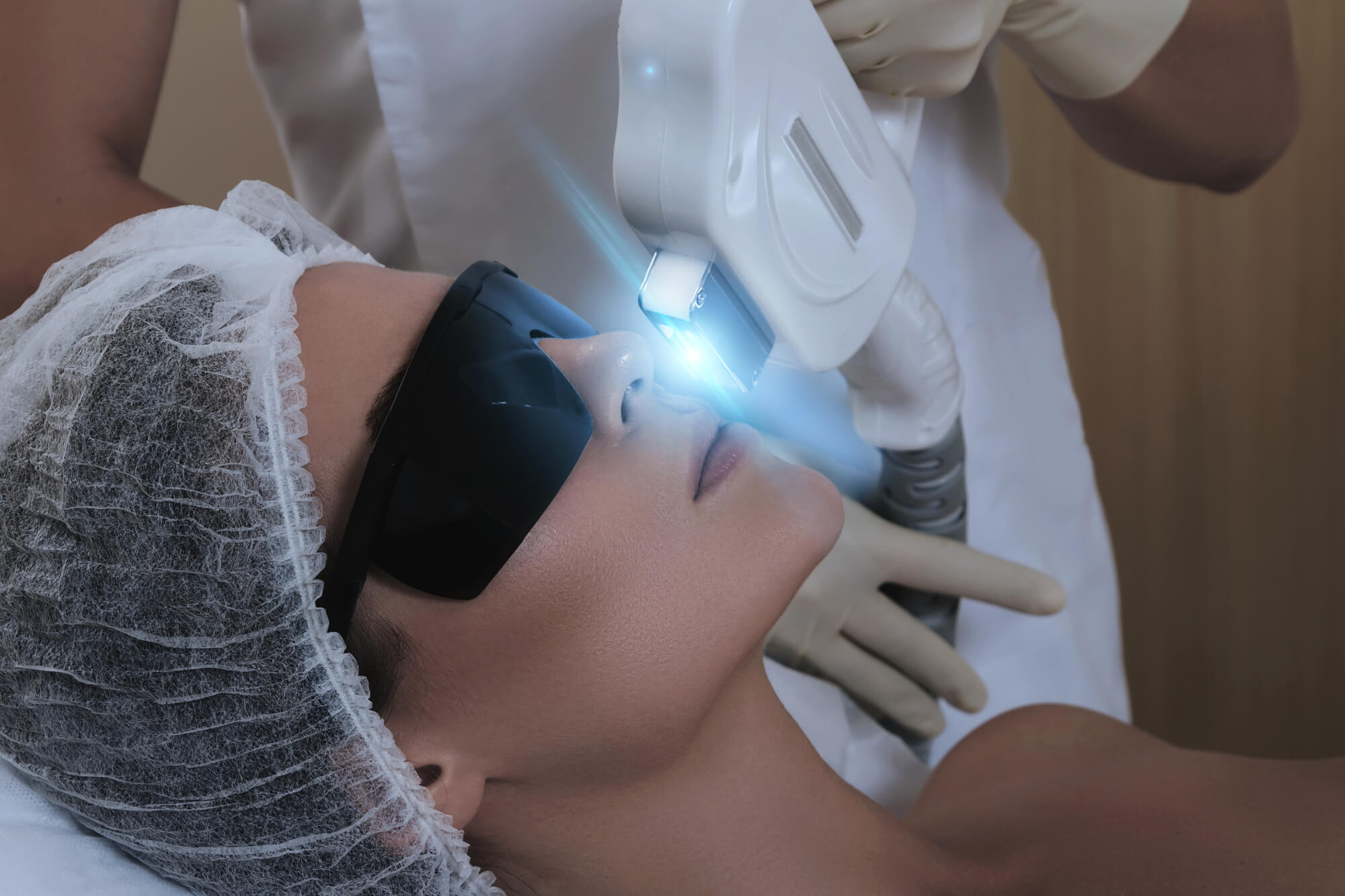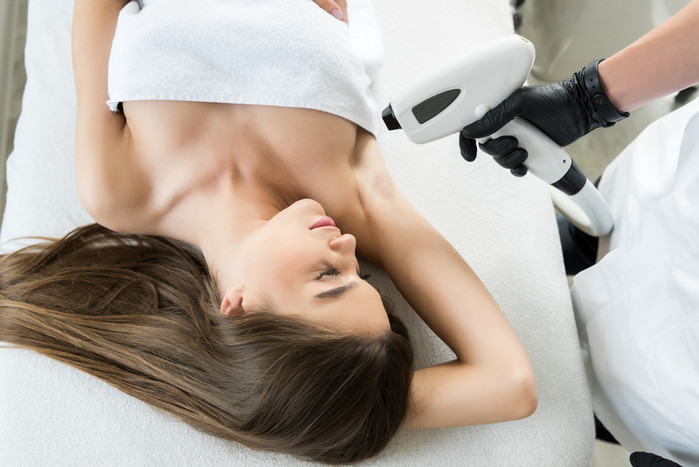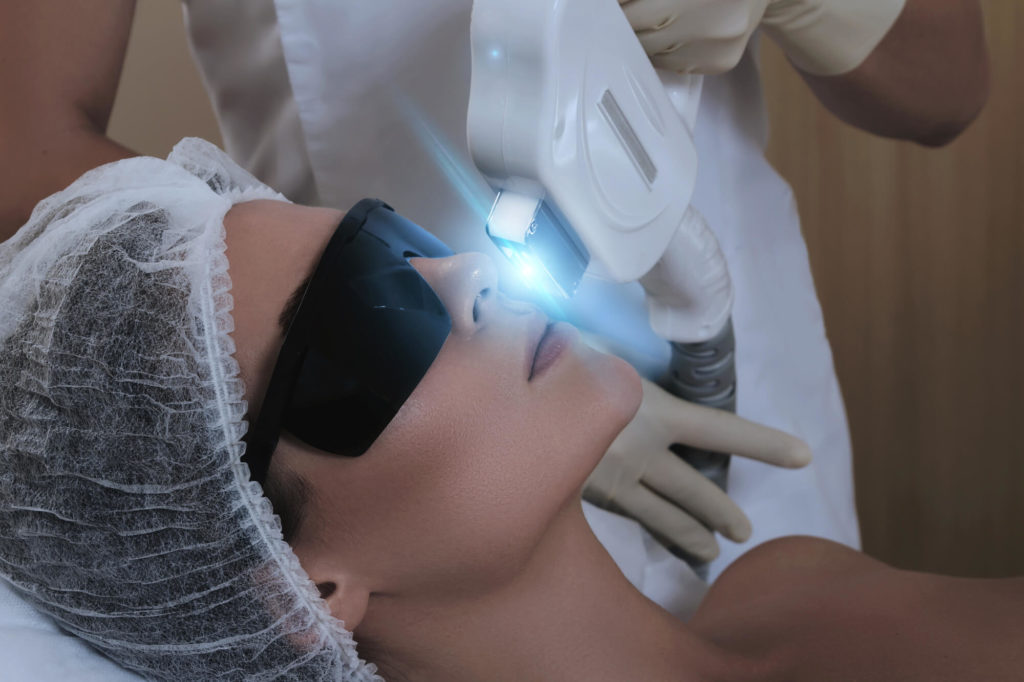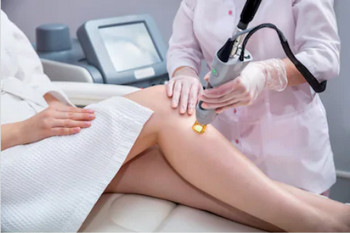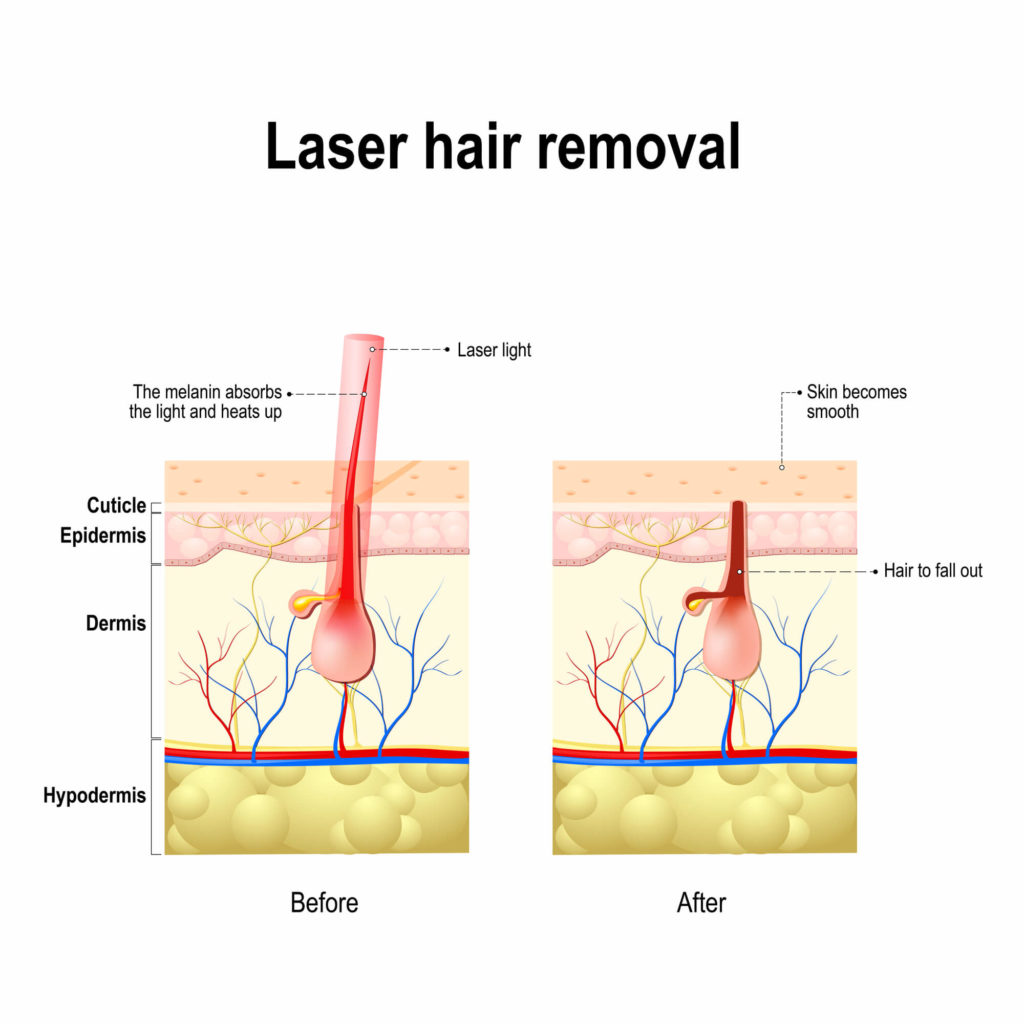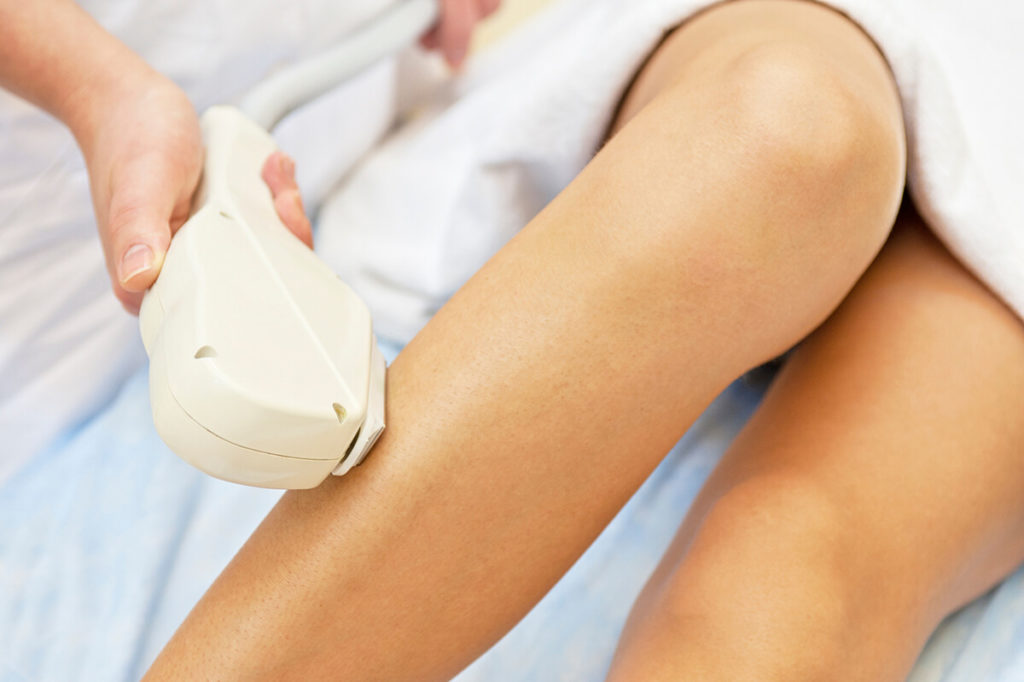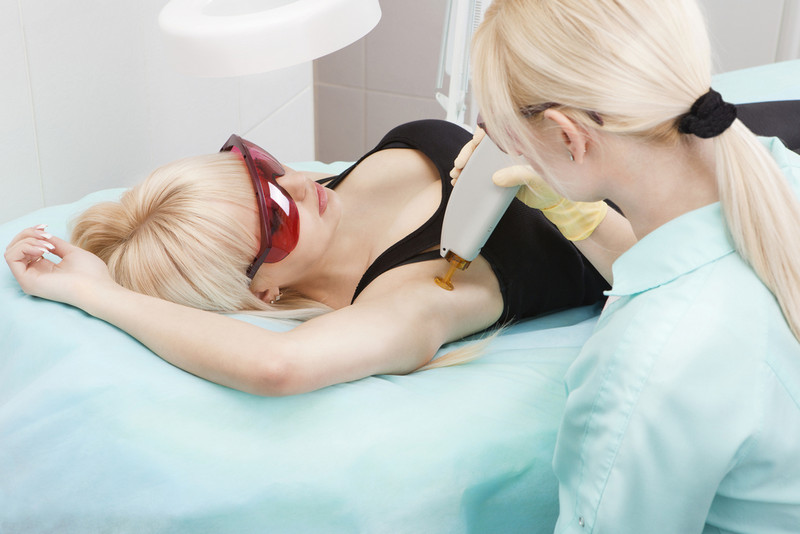Are the Birthmarks Dangerous?
Birthmarks are divided into two categories: red and pigmented ones. Pigmented birthmarks are common skin discolorations that rarely cause health issues. However, it can be a major aesthetic concern and a source of serious self-esteem problems.
Red birthmarks, on the other hand, are called vascular birthmarks because of the involvement of blood vessel overgrowth. These colored spots may develop before or after birth.
Types and Causes of Pigmented Birthmarks
Pigmented birthmarks are usually harmless and can show up in any part of the body. They can appear as small or large, flat or raised, brown, pink, black or may even change color as time passes.
Some pigmented birthmarks or moles may go away as you get older, but you may also develop new spots over time.
 Unlike red birthmarks that are caused by the clumping of extra blood vessels, pigmented marks occur when there is an overgrowth of your body’s natural cells (melanin) that create pigment.
Unlike red birthmarks that are caused by the clumping of extra blood vessels, pigmented marks occur when there is an overgrowth of your body’s natural cells (melanin) that create pigment.
Strawberry marks or strawberry nevus is a type of vascular birthmark known as hemangioma, which commonly occurs in infants and children. These marks are rarely harmful but may require medical treatment if they cause deformities of the skin or affect a child’s hearing, vision, and breathing.
Moles (nevi)
A mole is a type of birthmark, but not all moles are considered birthmarks. For instance, a form of skin cancer called melanoma can appear in moles or spots on the skin. Normal moles like the ones you are born with are often seen as small, round, tan or black spots, sometimes with hair growing out of them.
Large congenital moles may lead to the development of skin cancer. If you notice unusual changes in your moles, such as itching or bleeding, you should consult your medical provider immediately.
Mongolian birthmarks
Mongolian spots are characterized by bluish patches that look like bruises on the skin. They are often seen on children’s buttocks or lower back, especially in people with darker skin (Asian, African, American Indian, and Hispanic).
 Mongolian birthmarks usually fade away without treatment by the time the child reaches school age. A dermatologist can diagnose if your child has Mongolian spots and perform a physical exam to check for other signs and symptoms.
Mongolian birthmarks usually fade away without treatment by the time the child reaches school age. A dermatologist can diagnose if your child has Mongolian spots and perform a physical exam to check for other signs and symptoms.
Café-au-lait spots
As the name implies, this flat pigmented birthmark resembles the color of coffee with milk. They are generally harmless but in some people, they can be a sign of a genetic disorder called neurofibromatosis type 1 (NF1).
Café-au-lait spots are permanent but do not cause any illness or malignancy. Up to 20% of the population can develop these macules. Microscopically, the lesions are indistinguishable from melasma and freckles, thus they can be effectively removed by different types of lasers.
Effective Brown Birthmarks Removal
While most birthmarks should not be a cause of concern, some require treatment if they are cosmetically bothersome or growing rapidly.
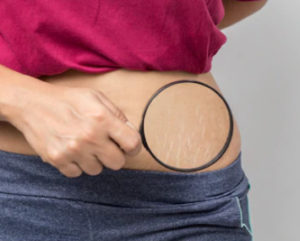 The mere appearance of a birthmark is enough for a skin doctor to make a diagnosis. If a mole is suspected to be malignant, a biopsy will be performed.
The mere appearance of a birthmark is enough for a skin doctor to make a diagnosis. If a mole is suspected to be malignant, a biopsy will be performed.
Laser therapy can get rid of different types of pigmented birthmarks. As of now, there is no effective way to prevent birthmarks. Applying high SPF sunscreen is helpful for preventing complications but it will not prevent the formation of birthmarks.
Laser treatment for pigmented birthmarks
Brown or black spots and even vascular birthmarks respond well with laser treatments. Some birthmarks can only be treated with surgical excision but this often leads to scarring.
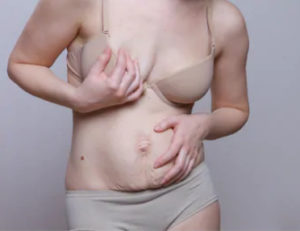 Birthmarks with brown pigment are suitable for laser treatments. A special type of powerful laser targets the pigment-producing cells in the skin and breaks them into small fragments to be absorbed by the body.
Birthmarks with brown pigment are suitable for laser treatments. A special type of powerful laser targets the pigment-producing cells in the skin and breaks them into small fragments to be absorbed by the body.
The focused laser only targets blood vessels or pigment cells so it does not cause permanent damage to the surrounding healthy skin.
The whole procedure will be explained to you during the first consultation. There are many types of lasers. Your doctor will use the one that works best for the type of birthmark that you have. You will be suggested to undergo several sessions until your desired result is achieved.
Different types of lasers for birthmark removal
Pulsed Dye Laser – this treatment delivers strong pulse of light to treat redness and skin pigmentations. It is effective in fading vascular birthmarks like port wine stain. Multiple sessions are often necessary as some of these marks recur and need retreatment.
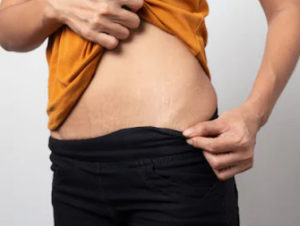 Q-switched Nd:YAG laser – this type of laser has been found to be 7x more effective in treating vascular and pigmented lesions. It has a longer wavelength that penetrates deeper vessels. It is used for treating age spots, freckles, darkened scars, café-au-lait spots, and other brown birthmarks.
Q-switched Nd:YAG laser – this type of laser has been found to be 7x more effective in treating vascular and pigmented lesions. It has a longer wavelength that penetrates deeper vessels. It is used for treating age spots, freckles, darkened scars, café-au-lait spots, and other brown birthmarks.
According to a 2012 study, about 70% of participants treated with 1,064 nm Q-switched Nd:YAG laser showed complete removal of nevi (moles) after just one session. The remaining patients were completely treated after three sessions.
It is vital to have a realistic expectation of the treatment outcome if you are planning to get a laser treatment for your birthmark. Some spots will significantly improve but may not be completely removed. The majority of birthmarks require at least three sessions or more to achieve significant improvement.
Latest News
- August 25, 2021
- August 25, 2021
- July 21, 2021
- July 20, 2021
- June 21, 2021


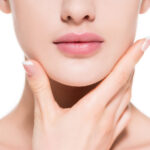
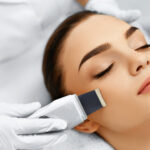
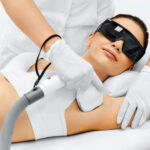

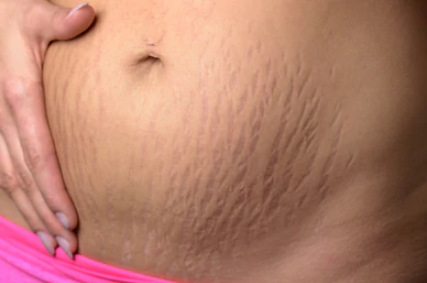
 For mothers, the joy that a new baby brings cannot be eclipsed by anything–not even by falling hair and gaining 10 stones–but it’s not wrong to still want to look your best post-pregnancy.
For mothers, the joy that a new baby brings cannot be eclipsed by anything–not even by falling hair and gaining 10 stones–but it’s not wrong to still want to look your best post-pregnancy.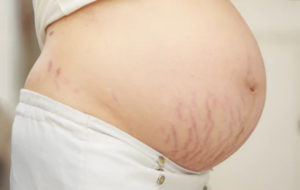 As you put on weight and your belly grows to accommodate the baby, your skin stretches considerably, causing collagen and elastin to break. These proteins and fibers are important support structures of the skin; they keep our skin firm, supple, and bouncy. Ruptured elastic fibers produce scars and stretch marks are formed when they heal.
As you put on weight and your belly grows to accommodate the baby, your skin stretches considerably, causing collagen and elastin to break. These proteins and fibers are important support structures of the skin; they keep our skin firm, supple, and bouncy. Ruptured elastic fibers produce scars and stretch marks are formed when they heal. Some experts suggest that fluctuating hormones are to blame. Hormones that rise during pregnancy weaken skin fibers, making them prone to breakage. Those with high cortisol (a type of hormone) levels in the blood may also get stretch marks.
Some experts suggest that fluctuating hormones are to blame. Hormones that rise during pregnancy weaken skin fibers, making them prone to breakage. Those with high cortisol (a type of hormone) levels in the blood may also get stretch marks.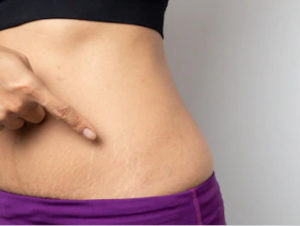 Gently massage these creams on your skin every day to stimulate blood circulation, as this promotes the removal of wastes and free radicals.
Gently massage these creams on your skin every day to stimulate blood circulation, as this promotes the removal of wastes and free radicals.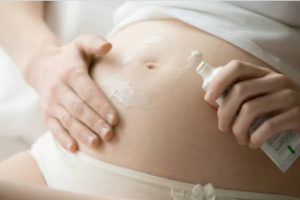 You can still exercise while you are pregnant, as long as you do it with caution. Avoid exercises where falling is likely. Strenuous activities like contact sports are also a big no-no! Walking, swimming, and doing moderate-intensity exercise are recommended during pregnancy.
You can still exercise while you are pregnant, as long as you do it with caution. Avoid exercises where falling is likely. Strenuous activities like contact sports are also a big no-no! Walking, swimming, and doing moderate-intensity exercise are recommended during pregnancy. Light-based treatments work by destroying the outer layer of the skin and stimulating collagen regeneration.
Light-based treatments work by destroying the outer layer of the skin and stimulating collagen regeneration.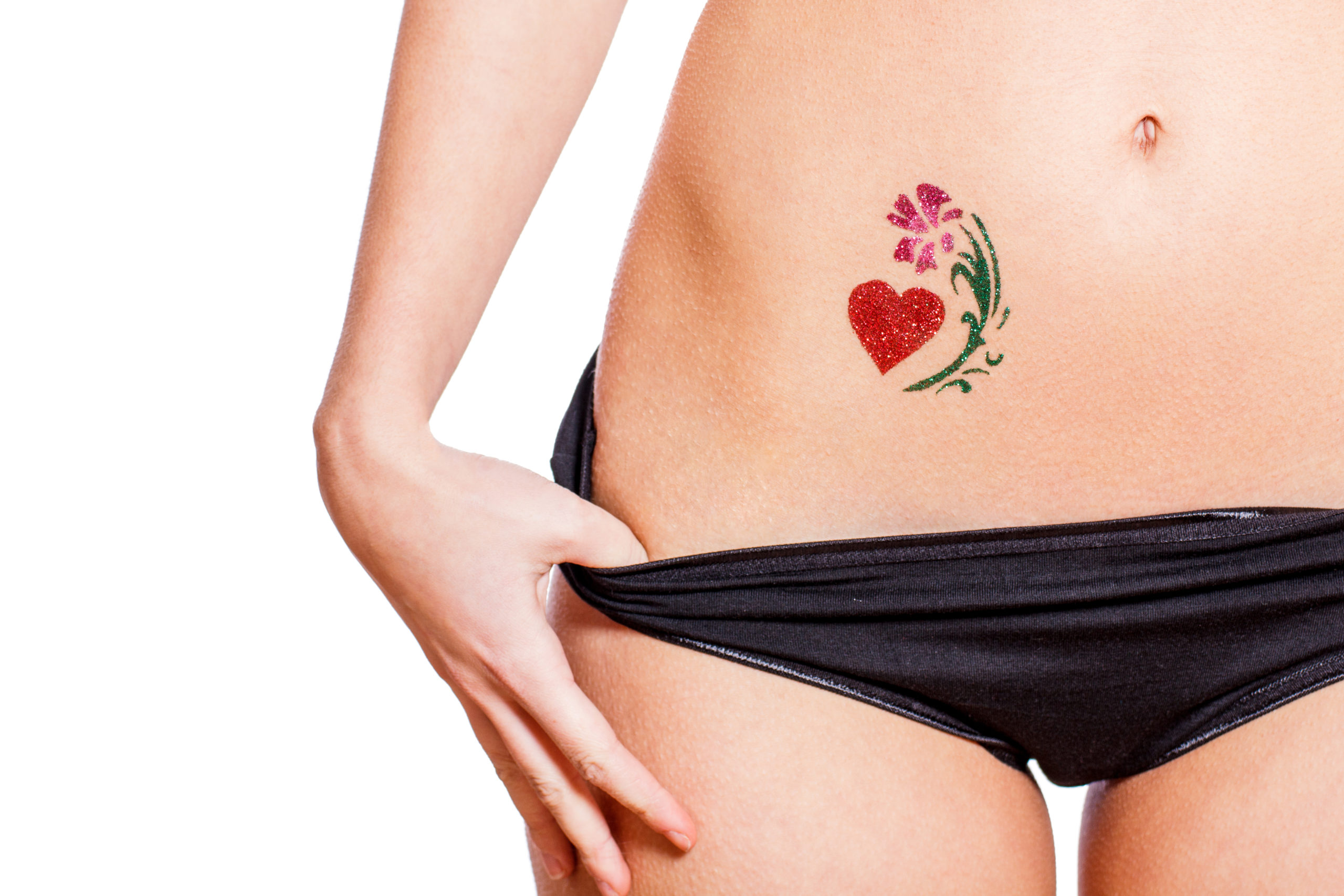
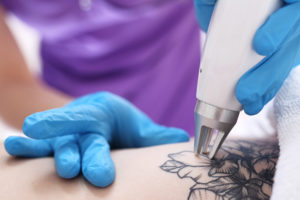 The problem with these myths is that they either scare people away or promote unrealistic expectations, which hinders candidates in finding an effective removal treatment for their “tattoo fails”.
The problem with these myths is that they either scare people away or promote unrealistic expectations, which hinders candidates in finding an effective removal treatment for their “tattoo fails”.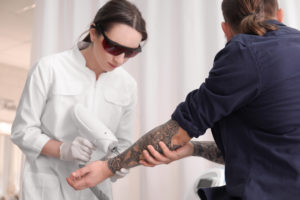 However, there is still no miracle cream that can work as effectively as a
However, there is still no miracle cream that can work as effectively as a 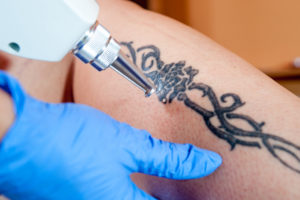 However, poor aftercare may lead to scarring, as well as previous scars during inking that was masked by the tattoo.
However, poor aftercare may lead to scarring, as well as previous scars during inking that was masked by the tattoo.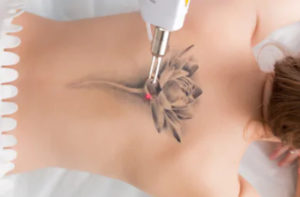 Your practitioner can give you an anesthetic agent (lidocaine) to numb the area so that the process would not be too uncomfortable.
Your practitioner can give you an anesthetic agent (lidocaine) to numb the area so that the process would not be too uncomfortable.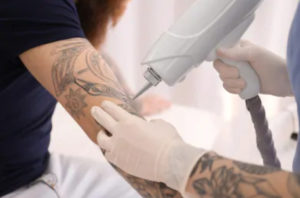 While tattoo removal using lasers has been proven safe and highly effective, not everyone is a good candidate for treatment. Just as it is easier to correct pigmentations among light-skinned individuals, they are also good candidates for laser tattoo removal.
While tattoo removal using lasers has been proven safe and highly effective, not everyone is a good candidate for treatment. Just as it is easier to correct pigmentations among light-skinned individuals, they are also good candidates for laser tattoo removal.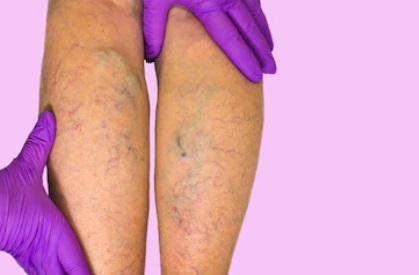
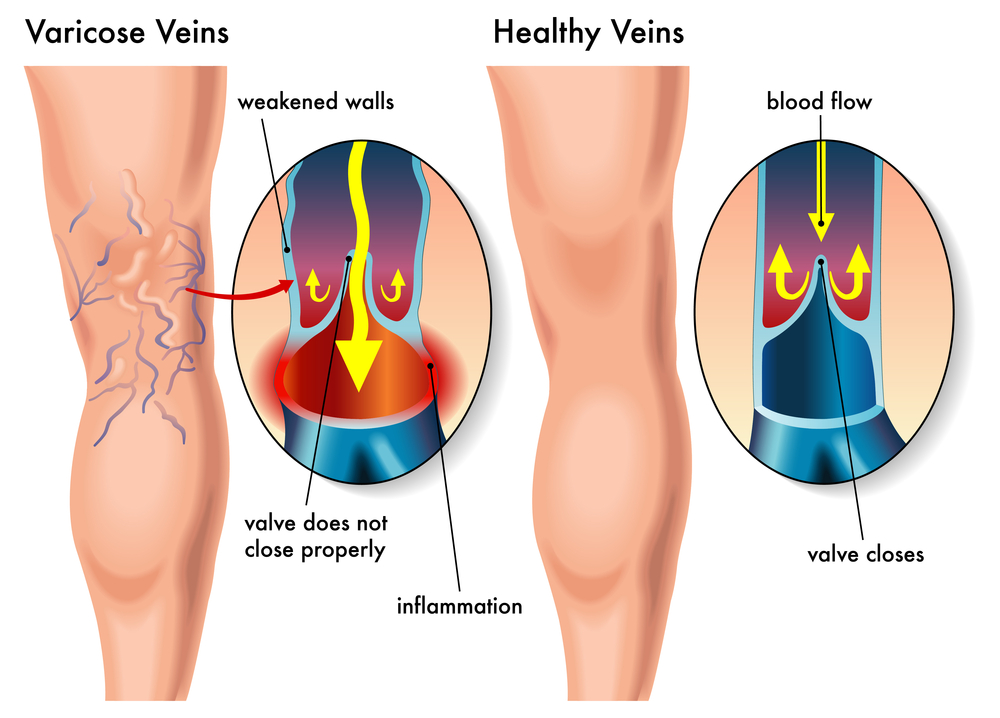
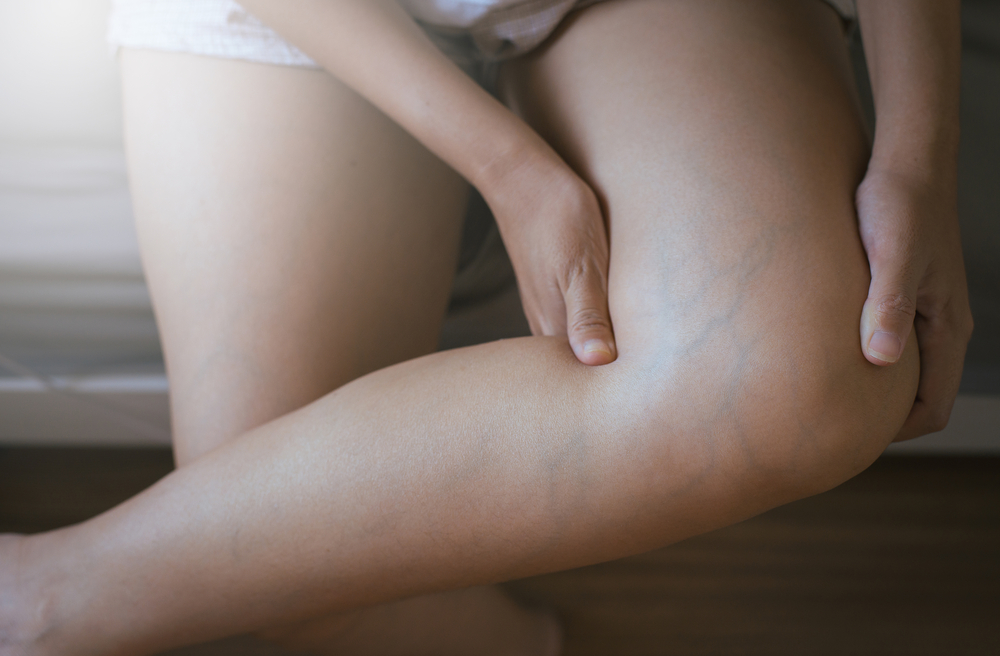
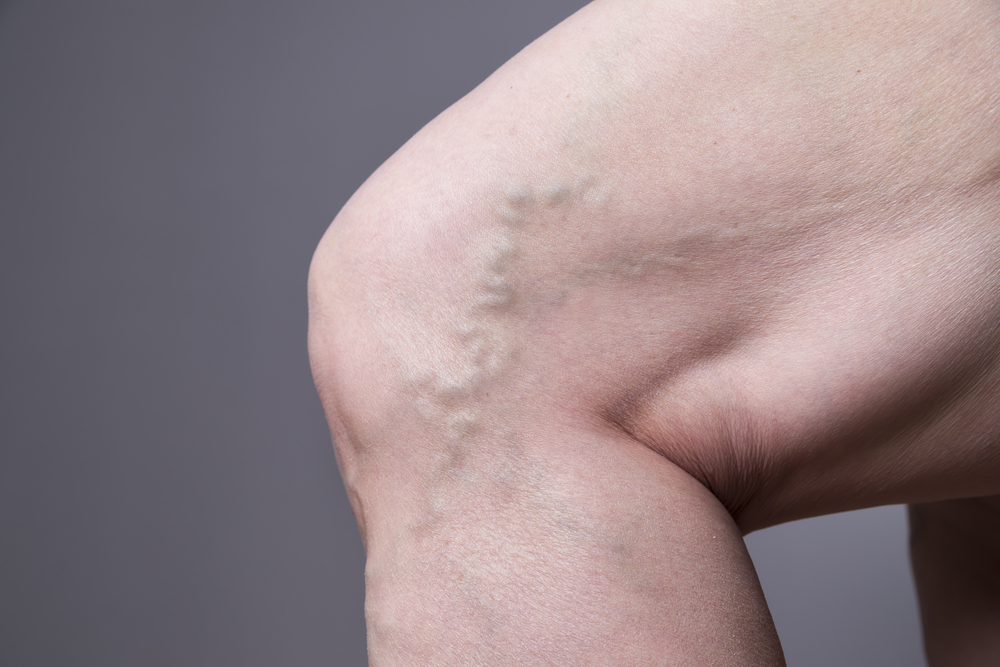
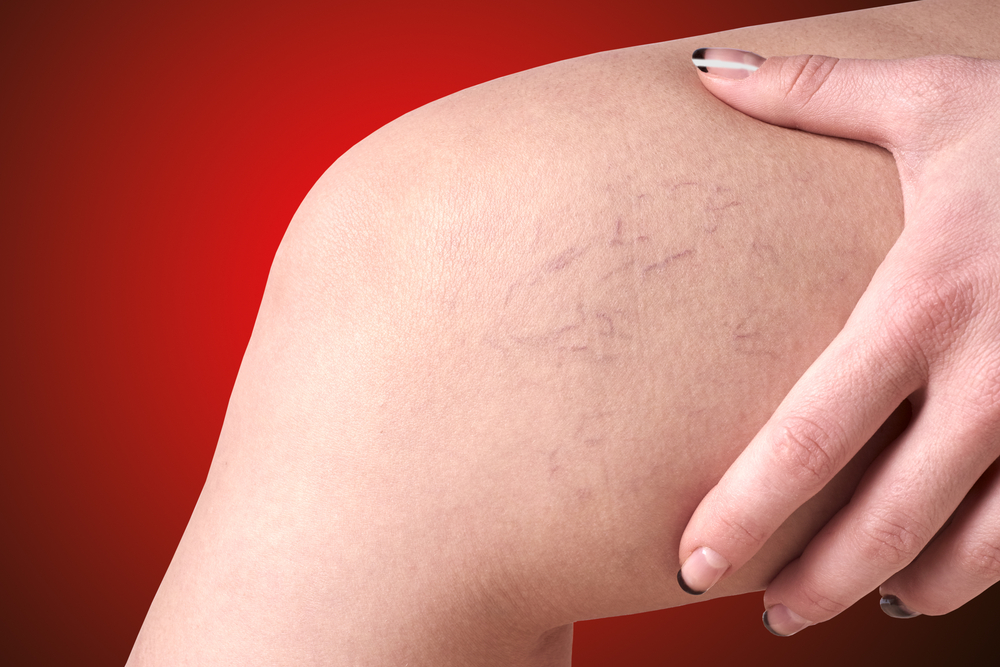
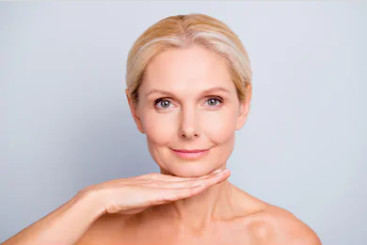
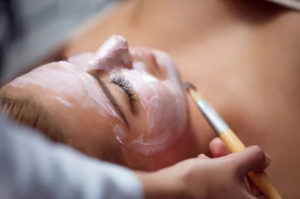 Cosmetic surgeries can slash years from your face, but nowadays,
Cosmetic surgeries can slash years from your face, but nowadays, 
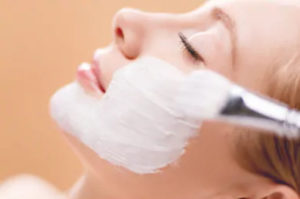 The advantage of
The advantage of 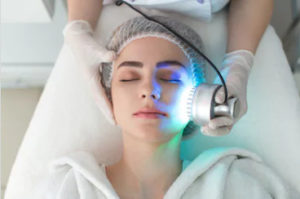 Botox or anti-wrinkle injection is best for expression lines or the wrinkles that are formed through repetitive actions of facial muscles such as when smiling, squinting, frowning, or laughing.
Botox or anti-wrinkle injection is best for expression lines or the wrinkles that are formed through repetitive actions of facial muscles such as when smiling, squinting, frowning, or laughing.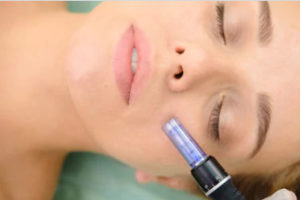 Dubbed as the ‘glow treatment’ or ‘vitamin injection’, mesotherapy is another injectable that is getting the nod from beauty experts.
Dubbed as the ‘glow treatment’ or ‘vitamin injection’, mesotherapy is another injectable that is getting the nod from beauty experts.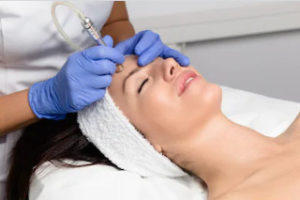 Microdermabrasion can help make your
Microdermabrasion can help make your 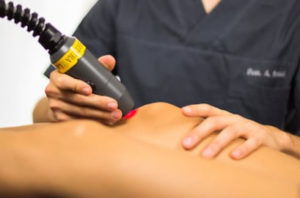 Lasers are powerful treatments that give dramatic improvements in the hands of a skilled therapist.
Lasers are powerful treatments that give dramatic improvements in the hands of a skilled therapist.